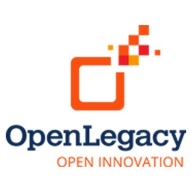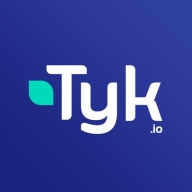

Tyk and OpenLegacy are both key players in the API management space. OpenLegacy seems to have the upper hand due to its advanced features and positive user feedback, despite Tyk's competitive pricing and support offerings.
Features: Tyk offers a user-friendly API management platform with traffic management, security through authentication and rate limiting, and comprehensive analytics. OpenLegacy is noted for efficiently connecting legacy systems with digital channels and enabling smooth API creation and integration with enterprise systems, making it particularly appealing for businesses focused on extensive integration capabilities.
Room for Improvement: Tyk could enhance its cloud version and further develop its features, as it's still maturing. OpenLegacy may improve by refining ease of use and enhancing its user interface design, which could streamline the user experience further.
Ease of Deployment and Customer Service: Tyk facilitates quick deployment through its cloud and open-source platform and has extensive API documentation. Its supportive community forums are also a plus. OpenLegacy, using a microservices-based deployment approach, integrates easily with existing infrastructures and offers strong technical support and professional services, catering well to enterprises needing comprehensive assistance during implementation.
Pricing and ROI: Tyk provides a budget-friendly subscription-based pricing model with low setup costs, delivering a robust ROI for projects centered on API management. OpenLegacy, while positioned at a higher price point, justifies the cost by offering significant ROI through its ability to modernize legacy systems and streamline complex processes.
| Product | Market Share (%) |
|---|---|
| Tyk | 2.1% |
| OpenLegacy | 0.5% |
| Other | 97.4% |

OpenLegacy helps organizations quickly launch innovative digital services by extending their core back-end systems to the web, mobile and cloud in days or weeks versus months. Our microservice-enabled API integration and management software quickly reduces project backlog by automating and accelerating microservices and API creation, deployment, testing and management from core applications, mainframes and databases. Together, business and IT teams can quickly, easily and securely meet consumer, partner or employee demands for digital services without modernizing or replacing core systems, and without special programming skills or invasive changes to existing systems and architectures. OpenLegacy is designed for ongoing management of microservices APIs and is based on open standards, so our software plays nice with your current technology stack and supports agile, DevOps and continuous development. Learn why leading companies choose OpenLegacy at www.openlegacy.com.
We monitor all API Management reviews to prevent fraudulent reviews and keep review quality high. We do not post reviews by company employees or direct competitors. We validate each review for authenticity via cross-reference with LinkedIn, and personal follow-up with the reviewer when necessary.